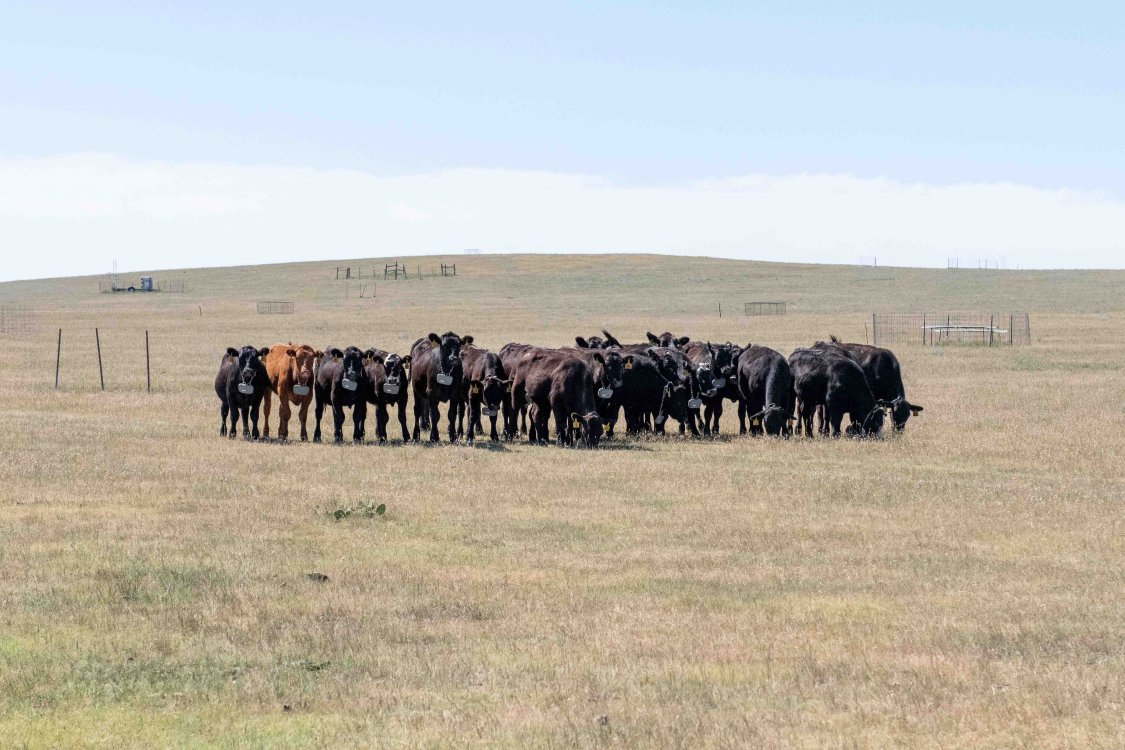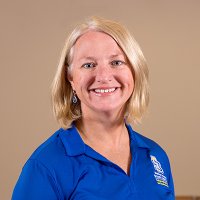Cottonwood Projects
About Cottonwood Field Station
The Cottonwood Field Station was established in 1907 by the Agricultural Experiment Station at South Dakota State University. It initially consisted of 640 acres where the station headquarters are located today. The initial focus of the research in 1907 was crops and soils. In 1940 the station was expanded to its current 2640 acres when it acquired 2000 acres of federal land. An additional 1100 acres are utilized during the summer at Ft. Meade (30 miles north of Rapid City).
The vegetation at the Cottonwood Station is predominantly native plants of which are mostly cool-season grasses. Western wheatgrass is the main species with needle and thread, green needle grass, and little bluestem also present. Buffalo grass and blue grama are the main warm-season grasses. Introduced pastures of crested wheatgrass and Russian wild rye are also grazed.
Cottonwood Field Station maintain a herd of about 150 Angus-Simmental cows that are utilized for research programs. These cow-calf pairs are summered and bred at Ft. Meade. In November after weaning, the cows are brought back to Cottonwood where they are wintered and calved out. Calving begins April 20. About 150 yearling steers are purchased each year for range research projects at Cottonwood.
Cottonwood Restoration Updates
1/2 mile south of US Highway 14
19 miles east of Wall or 11 miles west of Philip
Approximately 70 miles east of Rapid City

Purpose: Replace storm-damaged structures, modernize facilities, and enhance research, teaching and outreach at station

On-site visit occurred in January for Phase 1 – Programming and Conceptual Design
Design details continue and on-site surveys planned for later Spring
Facility Program Plan being submitted for BOR May meeting

- $2.7M in externally funded grants
$6M in 2022 for infrastructure updates
- $80M in externally funded grants (USDA-NRCS Climate-Smart Commodities)
Attract and retain world-class faculty, train and educate graduate and undergraduate students, and carry-out renowned research and outreach programs
Key Research Projects:
- Long-term stocking rate trial
- Precision Livestock Weighing
- Virtual Fencing
- Enteric GreenFeed Measurement of western SD rangeland cattle
- Precision Heifer Supplementation
- Precision water monitoring
- Development of precision data informed virtual fencing rotation grazing models.
- Precision drinking water intake assessment of rangeland beef cattle
- Rangeland rehab: Extension. Reestablishing natives on weedy pastures
- Rangeland plant, soil, and carbon monitoring on long-term grazing sites.
- Remote sensing assessment of rangeland pastures
- Remote sensing predictive models for forage quality and quantity.
- Bale Grazing using virtual fencing
- Intensive grazing using virtual fencing
- Developing a dry matter intake prediction equation using precision technology
- Riparian restoration using low-cost, low-tech process-based restoration
- Educating and informing producers about precision ranching technology
- Graduate student training and education
- Beginning beef cattle producers - grazing workshop
- Educating and informing agency personnel about precision ranching technology
Kristi Cammack

Katie Grott
